
CRIMINAL LAW ROUNDUP: A quick recap of the top criminal cases from January 2025
Top criminal cases on quashing of proceedings, arrest, bail, acquittal, and more.

Top criminal cases on quashing of proceedings, arrest, bail, acquittal, and more.
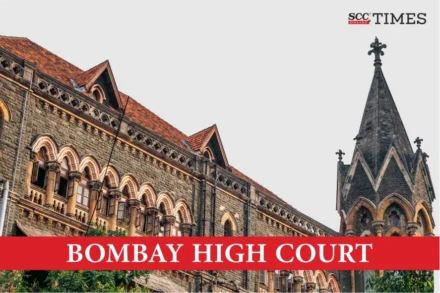
“Investigation cannot be permitted to linger on for years, keeping the investors in the lurch, not knowing what is the outcome of the case.”
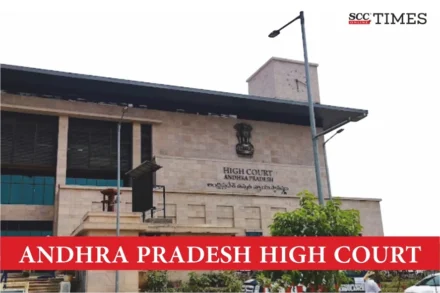
The Court directed that the petitioner shall cooperate with the investigation as and when required for the purpose of investigation.
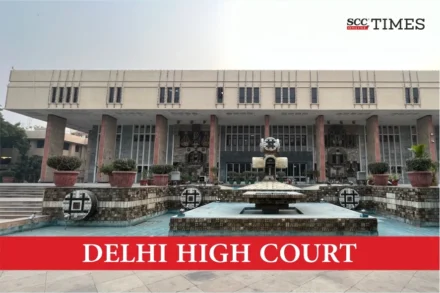
Delhi High Court affirmed that Explanation-II of Section 44(1)(b) of the PMLA applies retrospectively
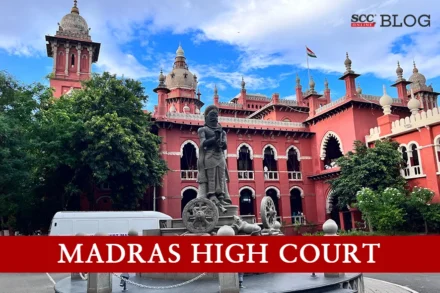
“The data available in the mobile phone has to be converted and thereafter forensic examination of digital evidence has to be made. Hence, the seizure of the phone along with sim card was important as encrypted files are available in the phone. For this reason, the phone was seized, and now sent for forensic examination after obtaining permission from Trial Court.”
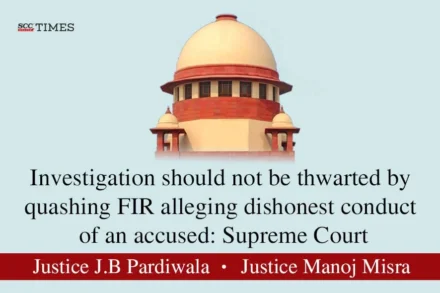
The Court also reiterated that FIR is not an encyclopedia of all imputations. Therefore, to test whether an FIR discloses commission of a cognizable offence, what is to be looked at is not any omission in the accusations, but the gravamen of the accusations contained therein to find out whether, prima facie, some cognizable offence has been committed or not.
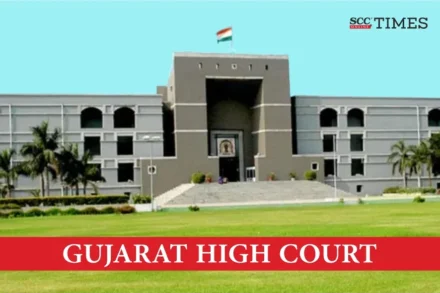
In 2015, the minor left the school but did not reach his house and three days later, his body was found by the police, and it was alleged that he was murdered after being subjected to unnatural sexual intercourse.
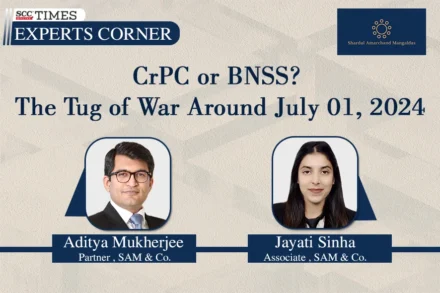
by Aditya Mukherjee* and Jayati Sinha**
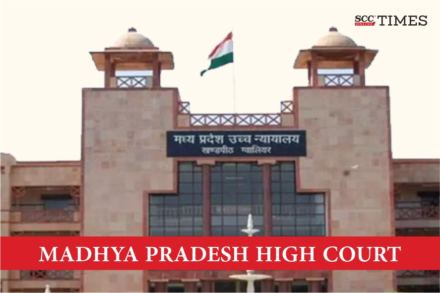
“It was imperative on the part of the Investigating Officer that investigation of an offence such as dowry-death maintains a high level of accuracy and candidness.”
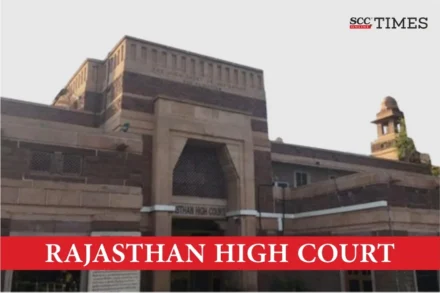
The Court stated that “if an FIR is registered prior to 01-07-2023 under the CrPC, it would amount to a pending enquiry/investigation within the meaning of Section 531(2)(a) of BNSS.”
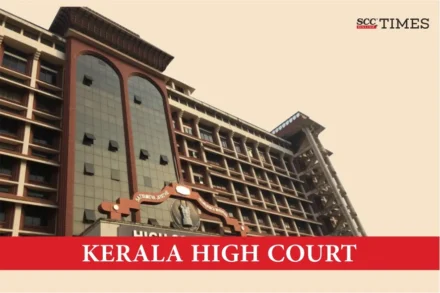
“Though an attempt was made to portray the incidents that led to the registration of the crime as one having transnational ramifications based upon the affidavit of the State Government filed in the Supreme Court, this Court is of the view that the circumstances do not persuade this Court to rely on the said averment to direct a CBI investigation”
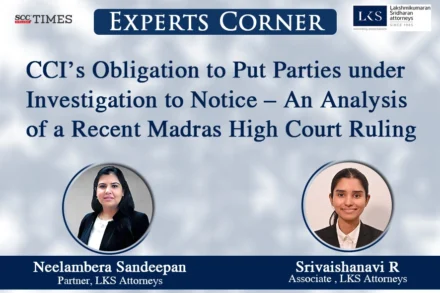
by Neelambera Sandeepan* and Srivaishanavi R.**

FIR is not an encyclopedia which must disclose all facts and details relating to the offence reported and mere information is sufficient for investigation.

In a landmark ruling, the Delhi High Court unequivocally dismissed the antiquated notion of ‘pardanashin,’ affirming that a woman’s dignity transcends cultural stereotypes like the veil. Upholding fundamental rights, the court emphasized that dignity is intrinsic to every individual, irrespective of religious practices.
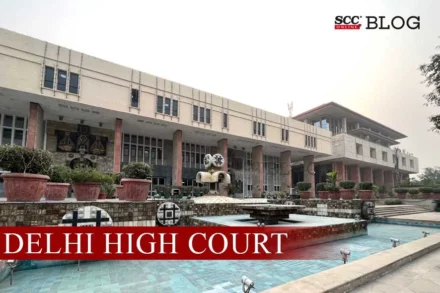
“The petitioner is an organisation alleging circular financial transactions, violations of statutes, and private wealth creation from public funds. Regulatory bodies, including the Ministry of Corporate Affairs, RBI, SEBI, and NHB, are implored to take swift action in response to the serious allegations.”

“Magistrate is not bound to direct investigation by police even if all allegations made in complaint disclose ingredients of cognizable offence. Each case must be viewed depending upon facts and circumstances involved therein.”
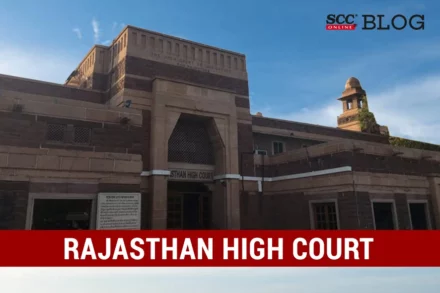
“First progress report of the investigation has been called for in seven years. Moreover, the administrative instruction has not been followed inasmuch as more than thrice transfer of investigation of the case was not permissible.”
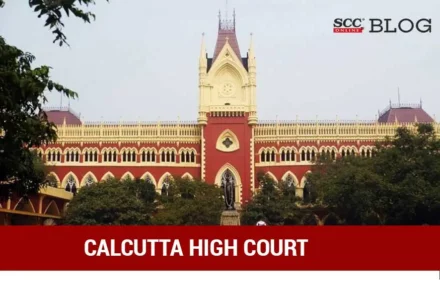
Calcutta High Court noted that upon its intervention, the investigating agency had taken appropriate steps in the investigation, including the arrest of some accused and the issuance of warrants against the absconding ones.

As on date, there are no rules prescribed by the State Government which provide a particular method of communicating the complainants/informants as per Section 173(2)(ii) CrPC to ensure uniformity, transparency and effective implementation of the provision, in its letter and spirit.
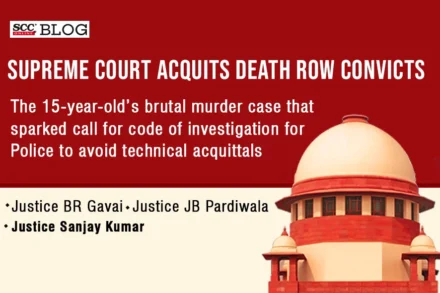
“It is high time that a consistent and dependable code of investigation is devised with a mandatory and detailed procedure for the police to implement and abide by during the course of their investigation so that the guilty do not walk free on technicalities, as they do in most cases in our country.”